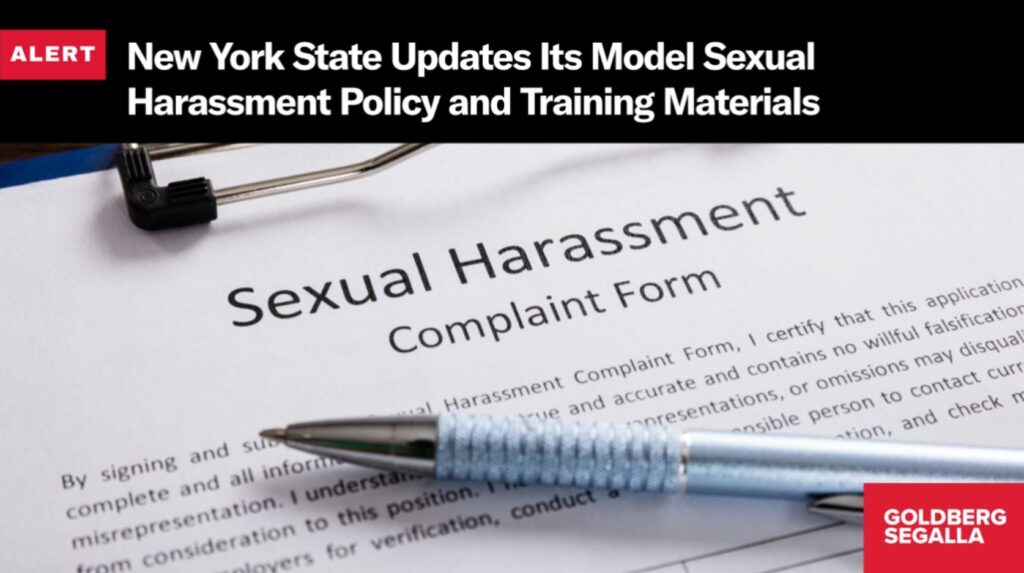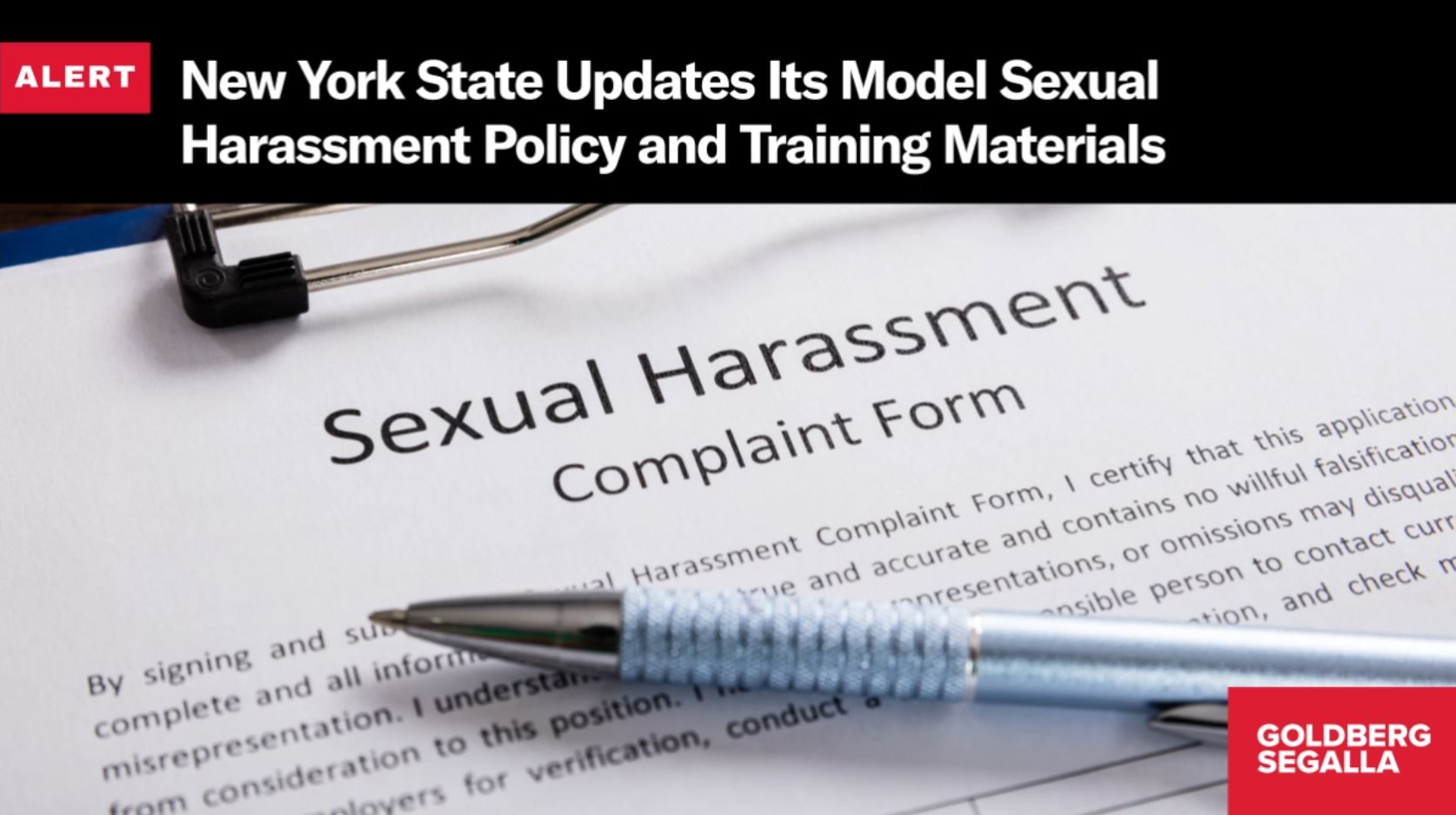
Navigating the Sexual Harassment Complaint Form: A Comprehensive Guide
In today’s workplace, understanding and addressing sexual harassment is paramount. A critical component of this process is the sexual harassment complaint form. This document serves as the official record of an individual’s experience, initiating an investigation and hopefully, leading to a resolution. This guide aims to provide a comprehensive understanding of the sexual harassment complaint form, its purpose, key components, and how to effectively complete it. We will also explore the legal framework surrounding sexual harassment and the importance of a thorough and impartial investigation following the submission of a sexual harassment complaint form.
Understanding Sexual Harassment
Before diving into the specifics of the sexual harassment complaint form, it’s crucial to define what constitutes sexual harassment. Generally, it involves unwelcome sexual advances, requests for sexual favors, and other verbal or physical conduct of a sexual nature when:
- Submission to such conduct is made either explicitly or implicitly a term or condition of an individual’s employment.
- Submission to or rejection of such conduct by an individual is used as the basis for employment decisions affecting such individual.
- Such conduct has the purpose or effect of unreasonably interfering with an individual’s work performance or creating an intimidating, hostile, or offensive working environment.
This definition encompasses a wide range of behaviors, from blatant physical assault to subtle but persistent unwelcome comments. Understanding these nuances is crucial when determining whether to file a sexual harassment complaint form. [See also: Understanding Workplace Harassment Laws]
The Purpose of a Sexual Harassment Complaint Form
The primary purpose of a sexual harassment complaint form is to provide a structured and documented way for an individual to report incidents of sexual harassment. This form serves several important functions:
- Initiating an Investigation: The completed sexual harassment complaint form triggers a formal investigation by the employer or relevant authority.
- Creating a Record: The form provides a written record of the alleged harassment, including details about the incident, the individuals involved, and any witnesses.
- Protecting the Complainant: Filing a sexual harassment complaint form can help protect the complainant from further harassment and retaliation.
- Ensuring Accountability: The form holds the alleged harasser accountable for their actions and can lead to disciplinary action or legal consequences.
- Promoting a Safe Workplace: By providing a mechanism for reporting sexual harassment, the form contributes to creating a safer and more respectful work environment for everyone.
Key Components of a Sexual Harassment Complaint Form
While the specific format of a sexual harassment complaint form may vary depending on the organization or jurisdiction, most forms include the following key components:
- Complainant Information: This section requires the complainant to provide their name, contact information, job title, and department.
- Accused Information: This section requires the complainant to identify the individual(s) accused of sexual harassment, including their name, job title, and department.
- Incident Details: This is the most crucial section of the form. It requires the complainant to provide a detailed account of the incident(s) of sexual harassment, including the date, time, location, and a description of what happened. It is important to be as specific and accurate as possible.
- Witness Information: If there were any witnesses to the sexual harassment, this section allows the complainant to provide their names and contact information.
- Supporting Documentation: This section allows the complainant to attach any supporting documentation, such as emails, text messages, or photographs, that may help to corroborate their claims.
- Requested Action: This section allows the complainant to indicate what action they would like the employer to take in response to the sexual harassment. This may include disciplinary action against the harasser, a transfer to a different department, or other remedies.
- Signature and Date: The form must be signed and dated by the complainant to certify that the information provided is true and accurate to the best of their knowledge.
Completing the Sexual Harassment Complaint Form Effectively
Completing a sexual harassment complaint form can be a daunting task, especially given the emotional distress often associated with these incidents. Here are some tips to help you complete the form effectively:
- Be Prepared: Before you start filling out the form, gather all relevant information, including dates, times, locations, and names of witnesses.
- Be Specific and Accurate: Provide a detailed and accurate account of the incident(s) of sexual harassment. Avoid using vague or general language.
- Focus on Facts: Stick to the facts of the incident and avoid including personal opinions or emotions.
- Be Clear and Concise: Use clear and concise language to describe the incident(s) of sexual harassment.
- Review and Proofread: Before submitting the form, carefully review and proofread it to ensure that all information is accurate and complete.
- Keep a Copy: Make a copy of the completed sexual harassment complaint form for your records.
The Legal Framework Surrounding Sexual Harassment
Sexual harassment is illegal under both federal and state laws. Title VII of the Civil Rights Act of 1964 prohibits sexual harassment in the workplace. The Equal Employment Opportunity Commission (EEOC) is the federal agency responsible for enforcing Title VII. Many states also have their own laws prohibiting sexual harassment, which may provide even greater protection for employees. Understanding these legal protections is essential when considering filing a sexual harassment complaint form.
The Investigation Process Following a Sexual Harassment Complaint
Once a sexual harassment complaint form is submitted, the employer is legally obligated to conduct a prompt and thorough investigation. The investigation should be impartial and objective, and it should be conducted by someone who is trained in investigating sexual harassment claims. The investigation process typically involves:
- Interviewing the Complainant: The investigator will interview the complainant to gather more information about the incident(s) of sexual harassment.
- Interviewing the Accused: The investigator will interview the accused to give them an opportunity to respond to the allegations.
- Interviewing Witnesses: The investigator will interview any witnesses to the sexual harassment.
- Reviewing Evidence: The investigator will review any supporting documentation, such as emails, text messages, or photographs.
- Documenting Findings: The investigator will document their findings in a written report.
After the investigation is complete, the employer will make a determination as to whether sexual harassment occurred. If the employer determines that sexual harassment did occur, they must take appropriate corrective action, which may include disciplinary action against the harasser, a transfer to a different department, or other remedies. [See also: The Role of HR in Sexual Harassment Investigations]
Retaliation is Illegal
It is illegal for an employer to retaliate against an employee for filing a sexual harassment complaint form or for participating in a sexual harassment investigation. Retaliation can take many forms, including demotion, termination, harassment, or other adverse employment actions. If you believe that you have been retaliated against for filing a sexual harassment complaint form, you should contact the EEOC or a private attorney.
Seeking Legal Counsel
Filing a sexual harassment complaint form and navigating the subsequent investigation can be a complex and stressful process. It is often advisable to seek legal counsel from an experienced employment attorney. An attorney can help you understand your rights, advise you on the best course of action, and represent you in any legal proceedings. They can also assist in ensuring the sexual harassment complaint form is completed accurately and effectively.
Conclusion
The sexual harassment complaint form is a crucial tool for addressing sexual harassment in the workplace. By understanding its purpose, key components, and how to complete it effectively, individuals can take proactive steps to protect themselves and promote a safe and respectful work environment. Remember to be prepared, specific, accurate, and to seek legal counsel when necessary. Filing a sexual harassment complaint form is a significant step towards holding harassers accountable and creating a workplace free from sexual harassment. It empowers employees to report incidents and contributes to a culture of respect and equality. Understanding the process, including the investigation that follows the submission of a sexual harassment complaint form, is vital for both employees and employers. By working together, we can create workplaces where everyone feels safe, respected, and valued.

